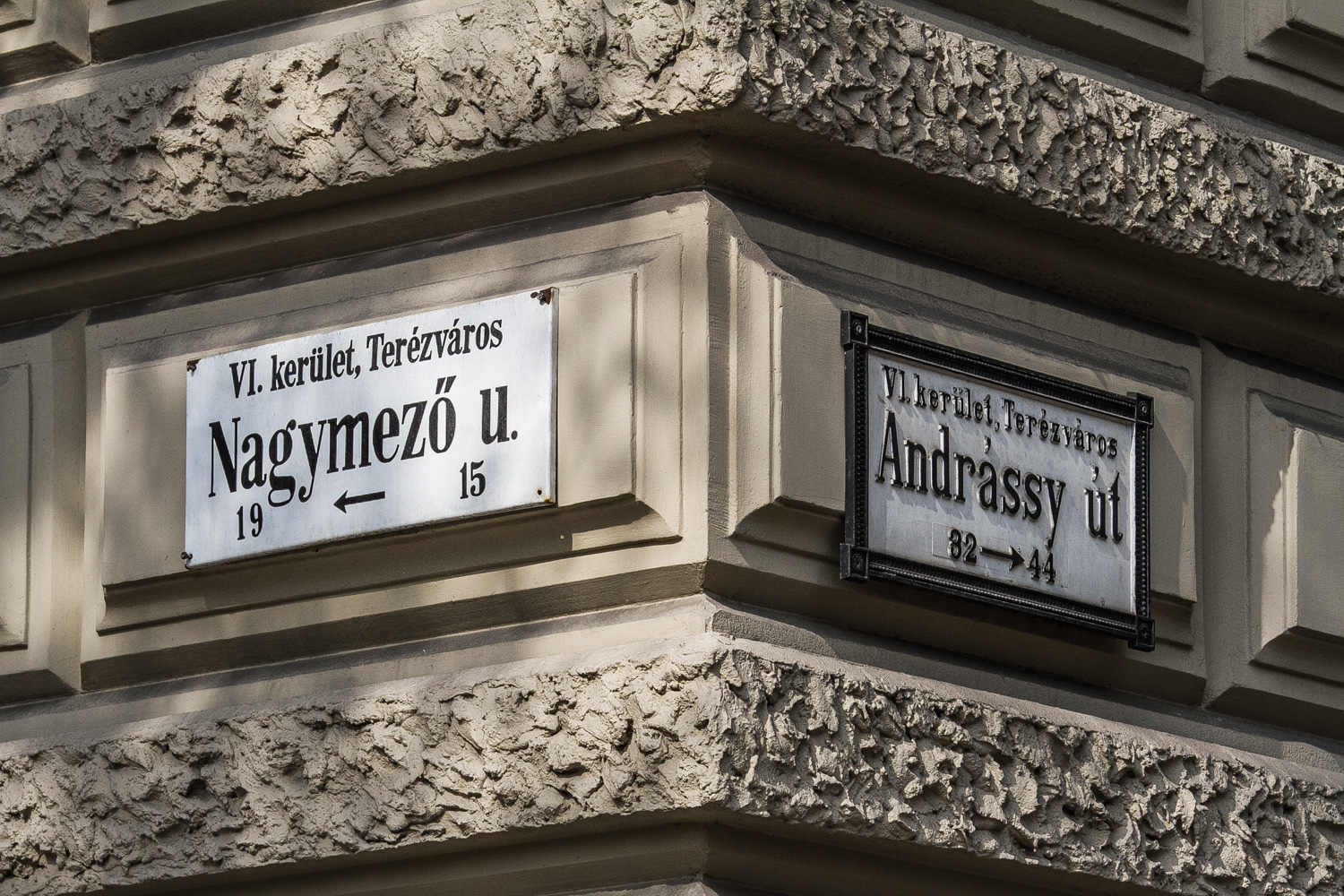With international students now arriving for their new term at Budapest’s many prestigious universities, we present the latest in our regular guides covering important aspects of life in the Hungarian capital. This week: Get to know Buda and Pest, the sights, squares and landmarks that make this one of Europe’s most beautiful capitals.
For a city of nearly two million people, the Hungarian capital is relatively compact. Hilly, residential Buda, flatter, busier Pest and sleepy Óbuda formed the city of Budapest in 1873. Before then, Buda and Pest were two separate communities divided by the Danube.
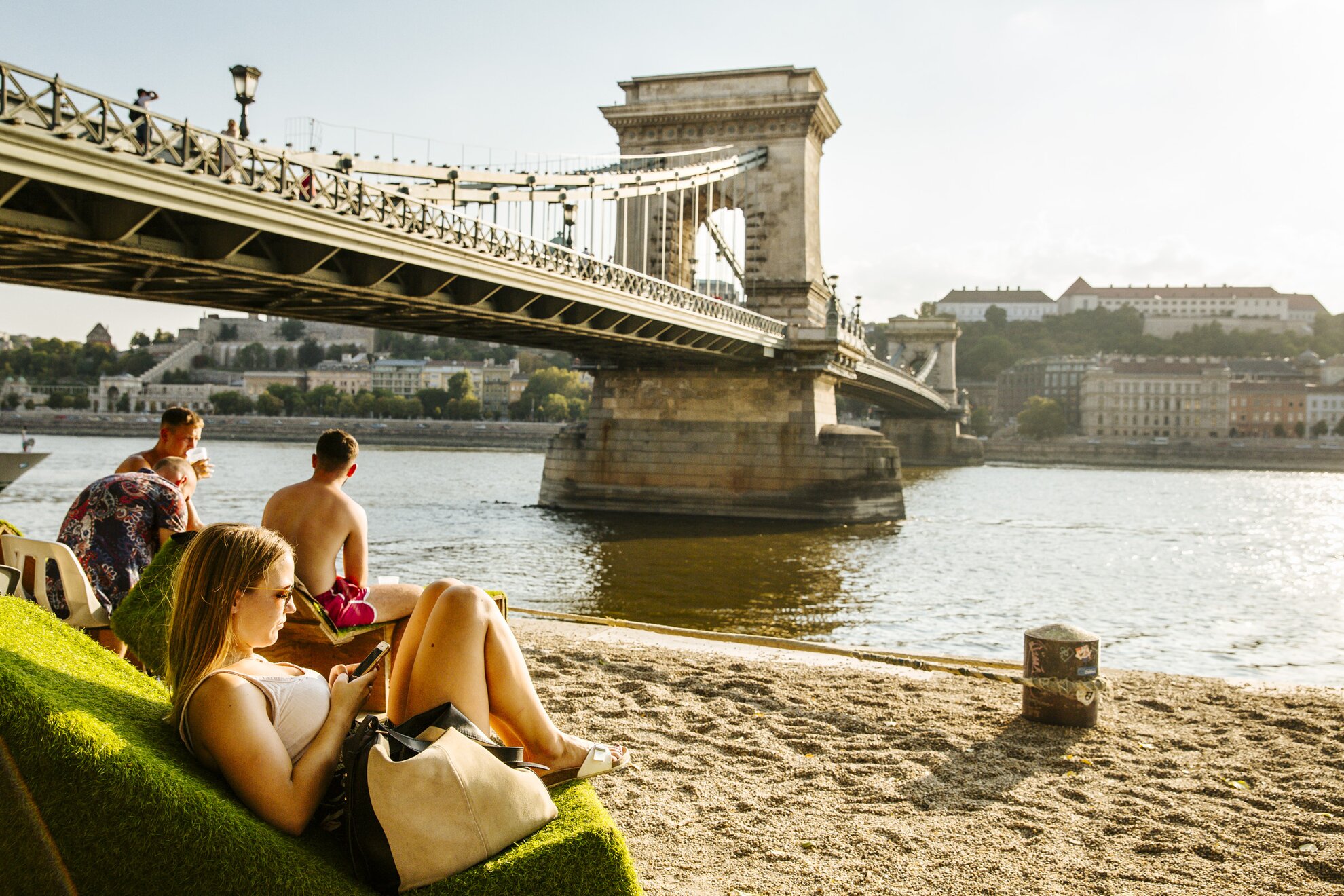
The first permanent crossing between
them, Chain Bridge, was opened in 1849. This linked Buda, at the spot where Castle
Hill rises, crowned by the former royal palace, with the political and
economic hub of Pest.
Most of the landmarks you see on the Pest side today, Parliament,
St Stephen’s Basilica, the Opera House, were built in the late 1800s when Budapest
was the second fastest-growing city in the world after Chicago.
Its transformation from sleepy backwater to cosmopolitan metropolis was facilitated by other crossings that joined the two halves. The second, Margaret Bridge, was still under construction when the city was unified nearly 150 years ago. Then came Liberty Bridge, connecting Gellért Hill in Buda with the Great Market Hall and south Pest, and then Elizabeth Bridge.
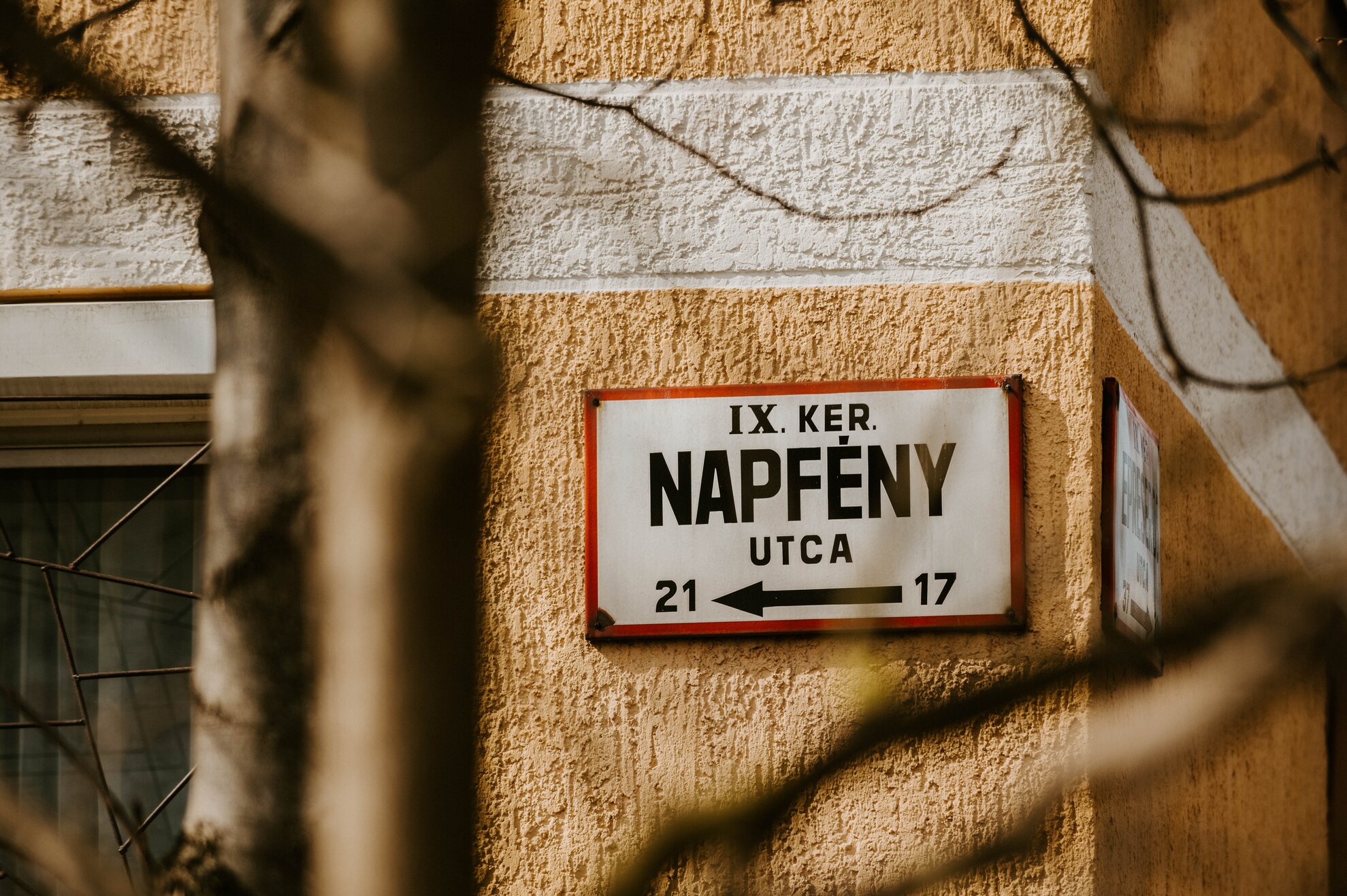
Broad boulevards and grid-patterned
streets spread out around the half-moon of historic Pest nearest the Danube, the
former medieval quarter that was flooded in 1838. Today, negotiating the city
is easy. Signs not only give the name of the street but the exact street numbers of the buildings contained within that block.
You can traverse town in no time thanks to
its excellent, affordable system of public transport and many cycle lanes – see
here for our previous guide on getting around.
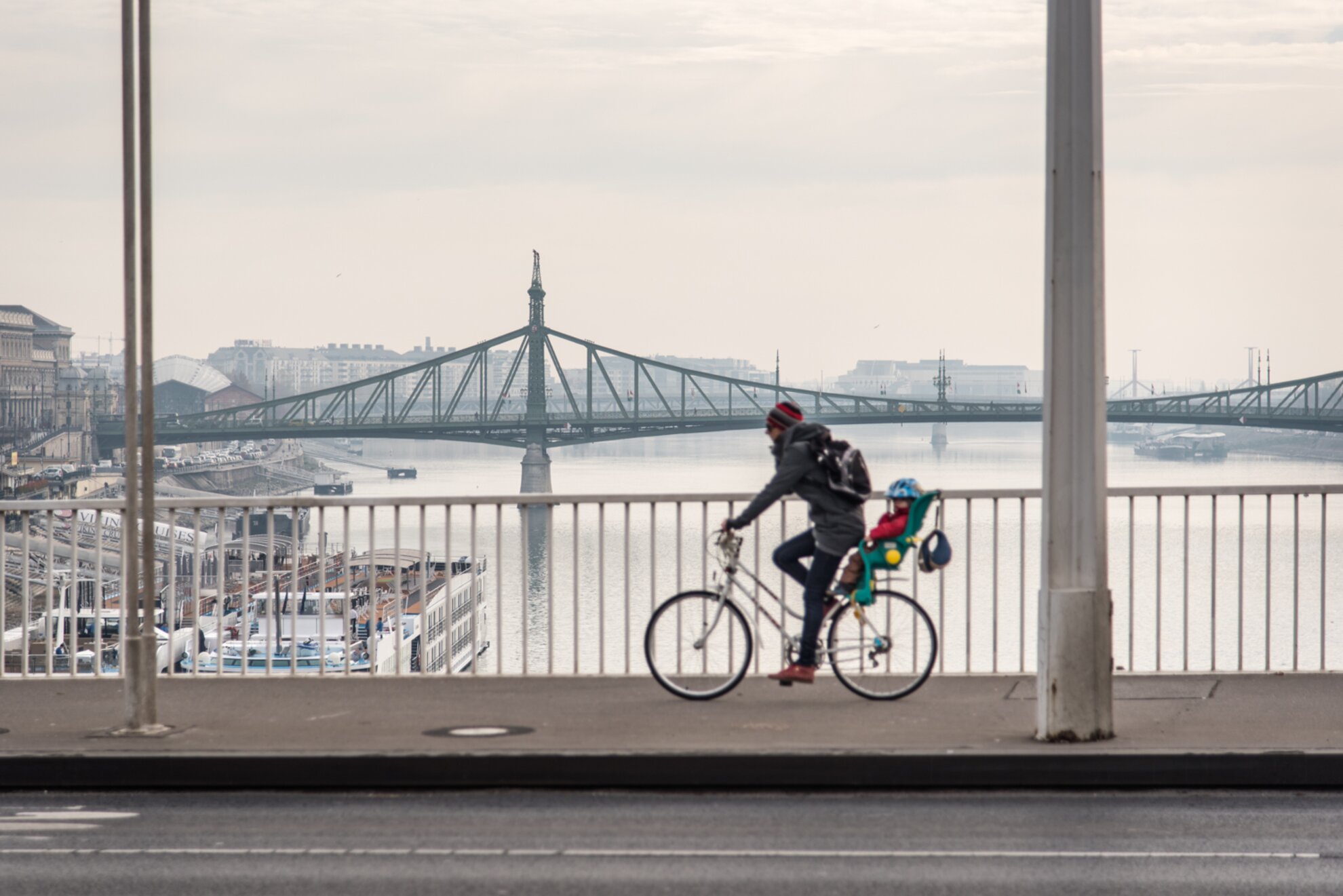
Budapest is also divided into districts, indicated by a Roman numeral (District I, District II, and so on) and by postcode. A ruin bar in District VII will have a four-figure postcode starting with 107-, a luxury hotel in District V, 105-.
Roughly speaking, District I is historic Castle Hill and the area nearby, District II the great swathe of Buda surrounding it. District III is Óbuda.
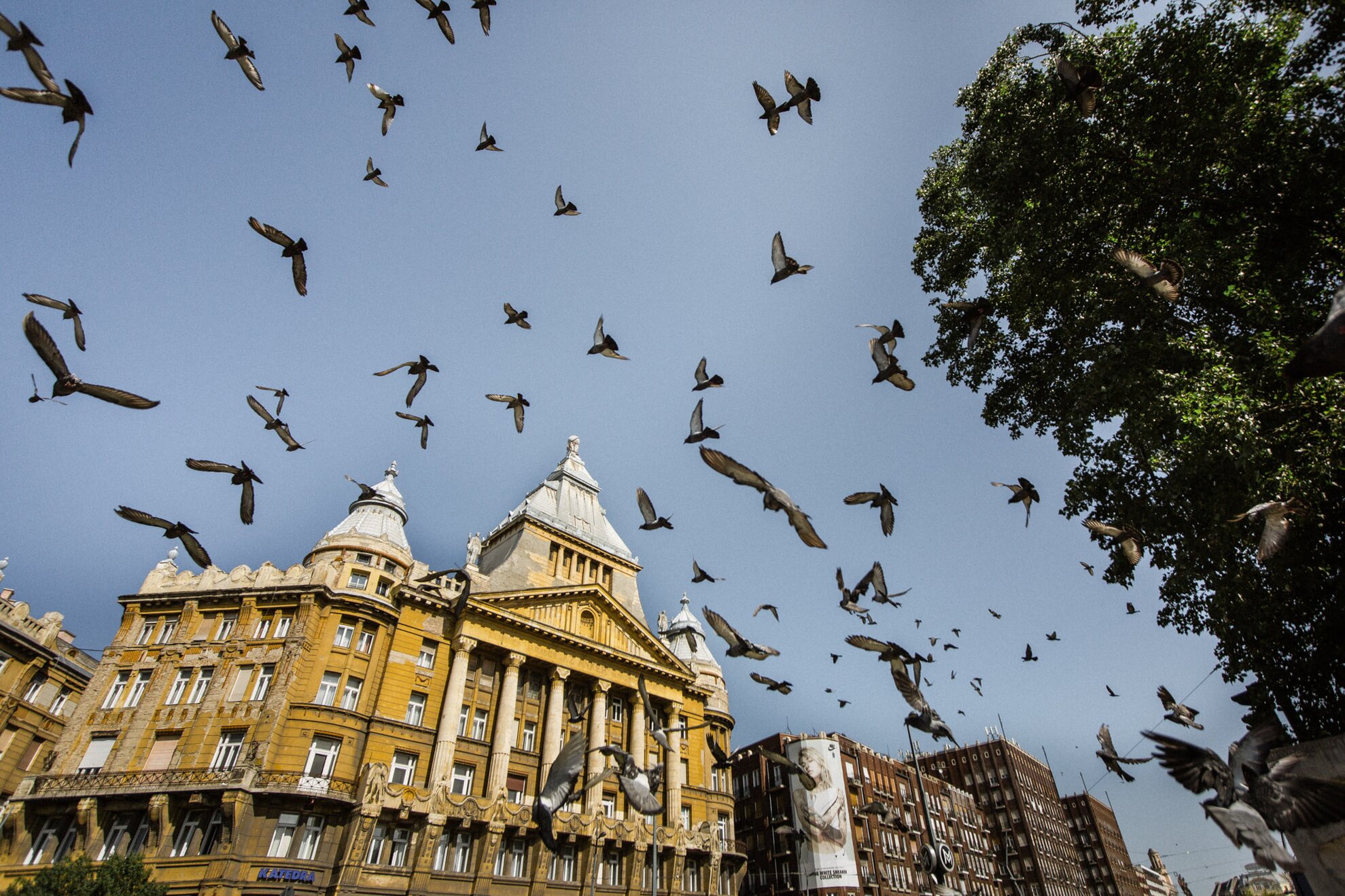
District V is the central district of Pest,
its historic hub hugging the Danube. This is referred to as the Belváros or
Inner Town. Fanning out from the centre are the pie-sliced spokes of Pest. District
VI is the elegant theatre and diplomatic quarter bisected by showcase avenue,
Andrássy út.
District VII is the former Jewish quarter and now the nightlife
vortex. District VIII is grittier, bookended by the National Museum and student
quarter that merges with the university area of District V around Egyetem tér.
District
IX is a gentrifying area of south Pest now encompassing the millennial arts
complex near Rákóczi Bridge.
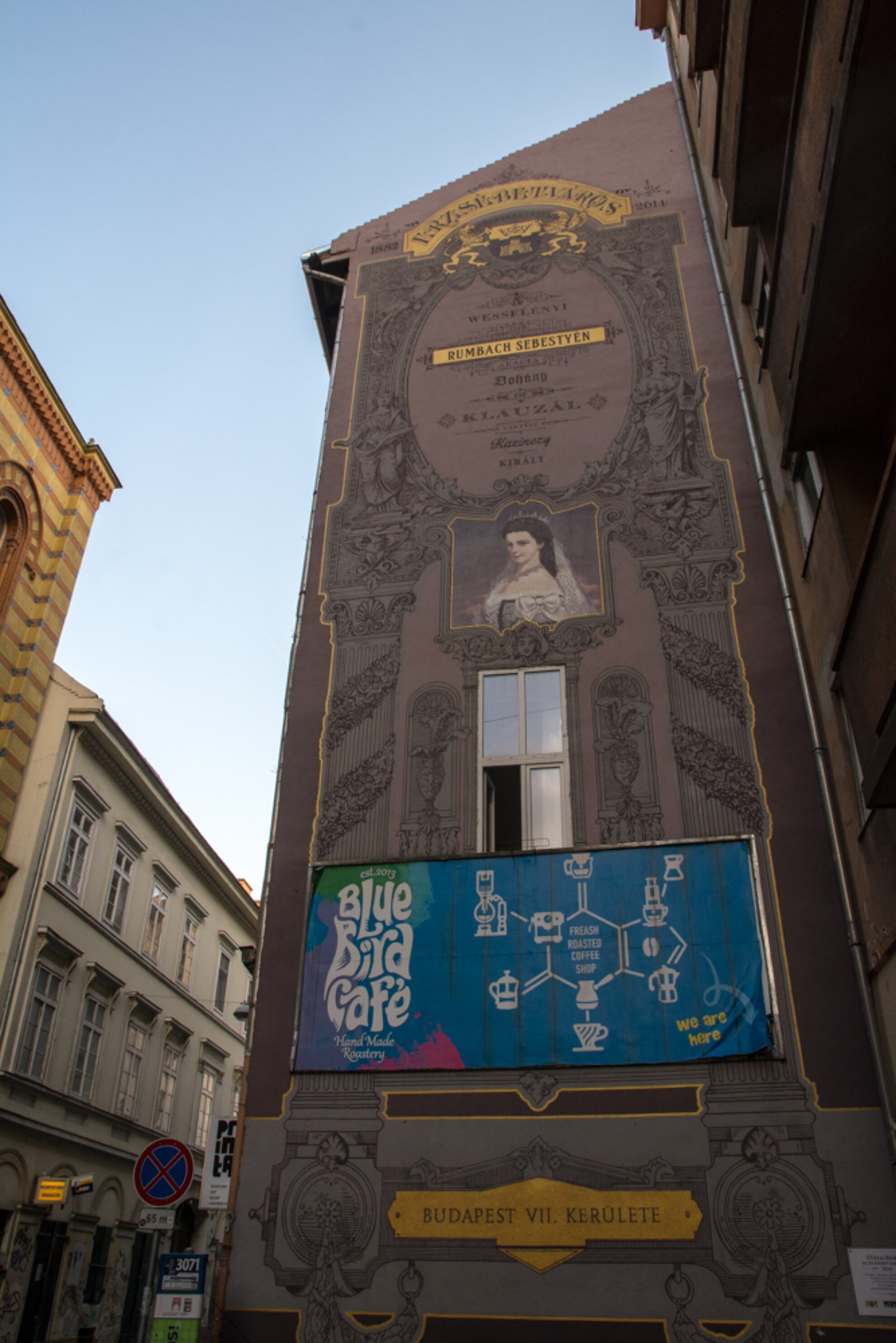
Districts also carry their former
Habsburg names and with it, a sense of identity with the past. The large mural near
the Synagogue of Empress Elisabeth of Austria is no coincidence, as District
VII, Erzsébetváros (’Elizabeth Town’) honours this revered royal.
Local
rappers Animal Cannibals who created a hit song about their neighbourhood, Józsefváros,
were not only celebrating District VIII but also Mozart’s patron who was
crowned Joseph II in 1764.
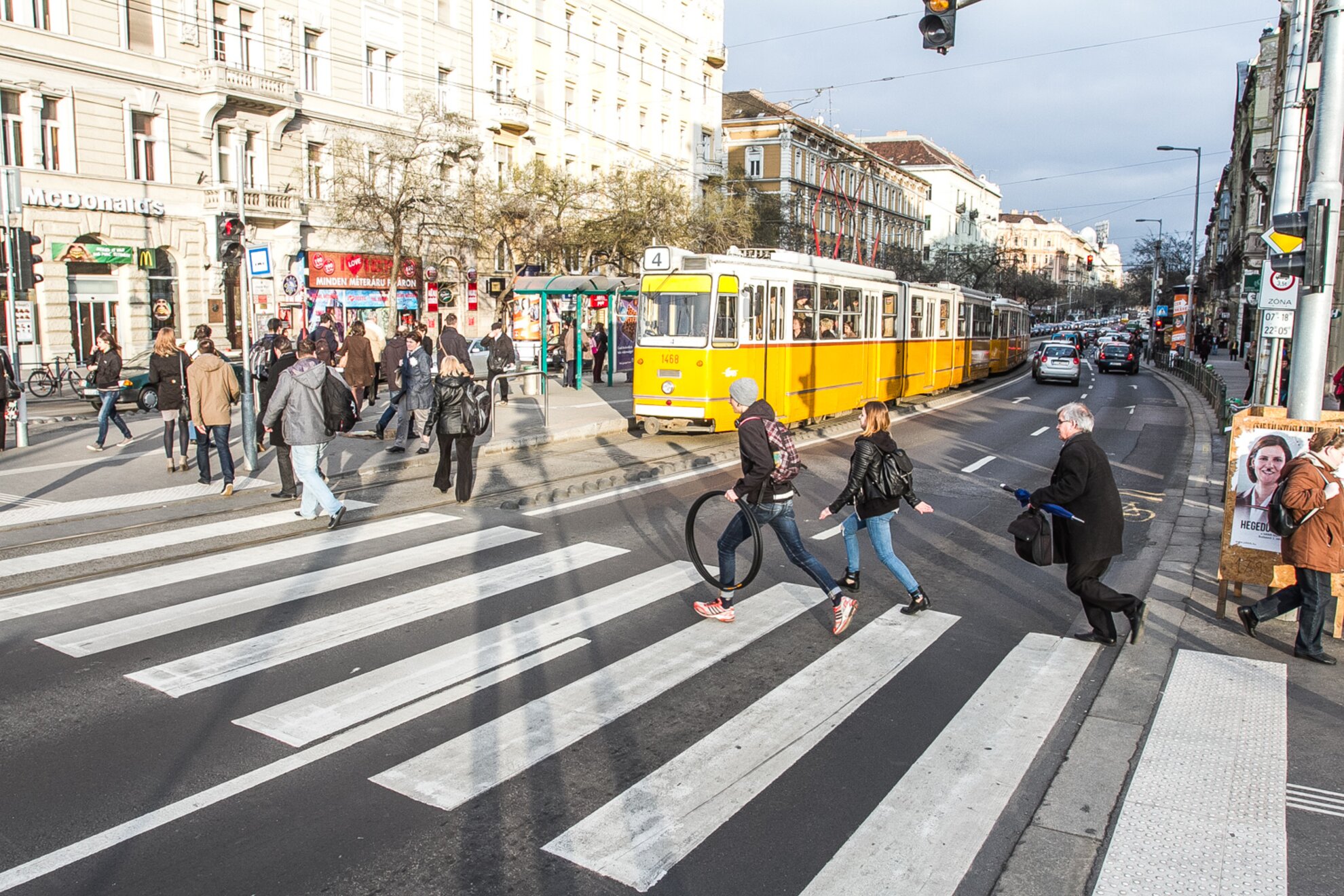
Three concentric ring roads link these
bustling districts of Pest. Nearest the river, the Kiskörút (‘Little Ring Road’)
holds in District V and divides it from Districts VI, VII, VIII and IX.
Beyond,
the Nagykörút (‘Great Ring Road’) is the city’s main artery, connecting the four
main Pest districts by means of the world’s busiest tram route, the 4/6. Every
three or four minutes, you can zoom through Pest and intersect with the main
bus and metro lines. A further ring road arcs around the grander outlying areas
of Pest.
Similar to the district names, sections of these ring roads also hark back to the Habsburgs, Erzsébet körút bisecting District VII/Erzsébetváros, József körút bisecting District VIII/Józsefváros, and so on.
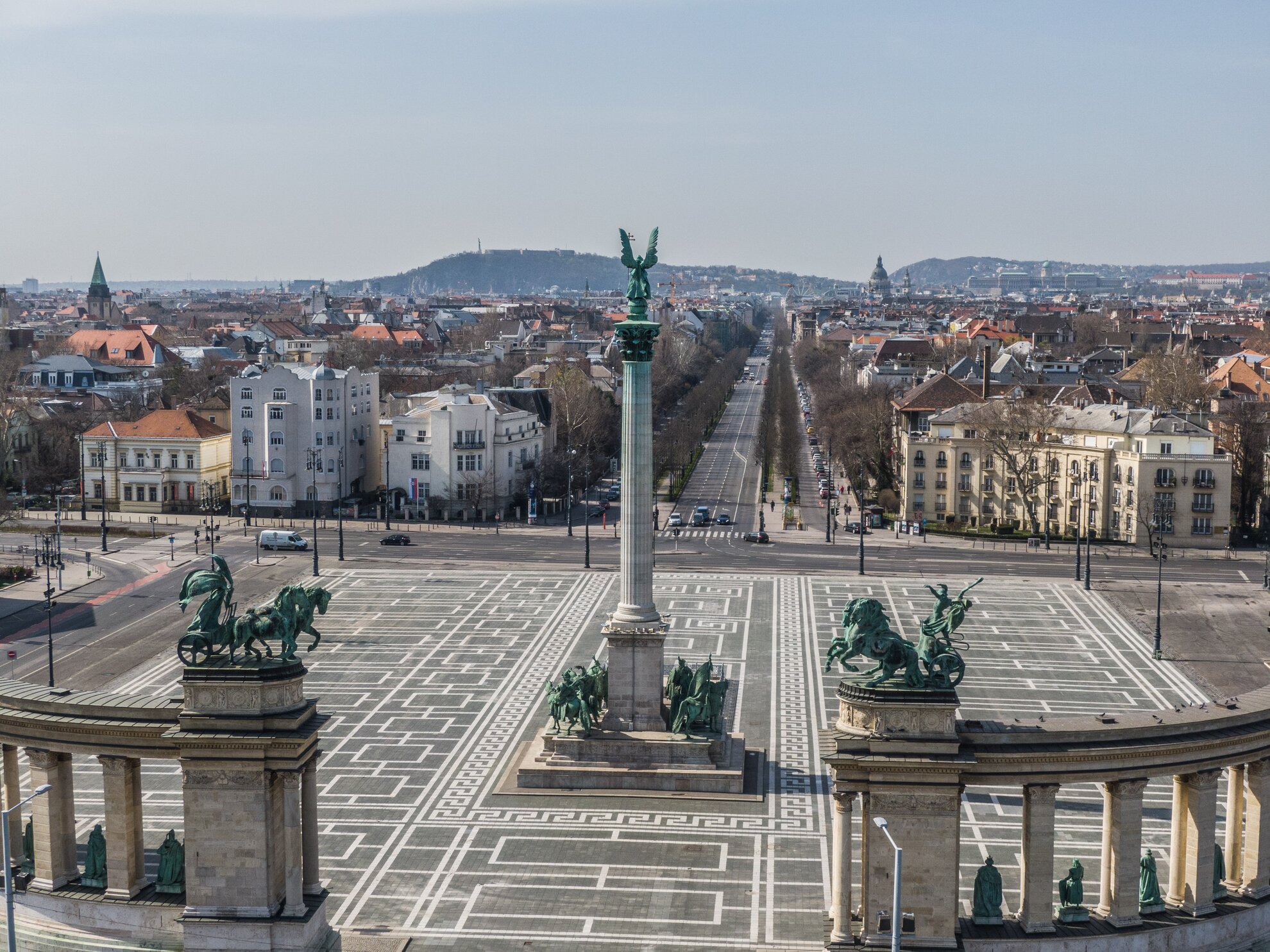
Generally, unless you’re studying in
Buda, you’ll be spending most of your time in Pest. You’ll learn how to ride
the historic yellow metro, line 1, just beneath Andrássy út, between the main central
squares of Vörösmarty tér and Deák Ferenc tér, and City Park and Heroes’ Square.
You’ll revel in the route of scenic Tram 2 as it runs from Margaret Bridge,
past Parliament, to skirt the Danube alongside five-star hotels to provide the perfect
view of historic Buda on the opposite bank. And no doubt you’ll easily negotiate
the party district on foot, the bar-lined streets of Kazinczy utca and Király
utca.
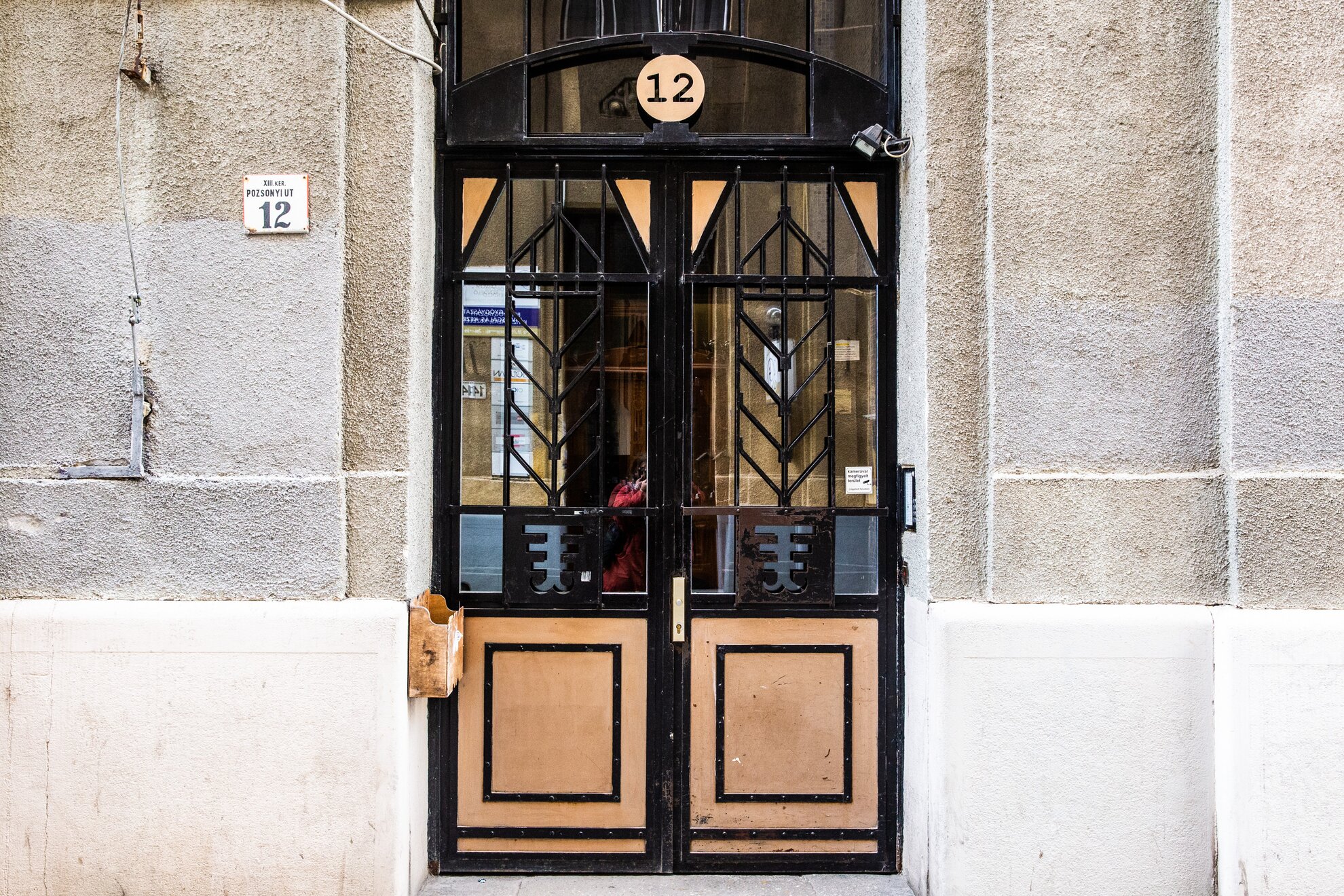
By now, you may have surmised that utca (‘ootsa’)
means ‘street’ and tér (‘tair’), ‘square’. An út (‘oot’) is a road, a híd (‘heed’)
a bridge. Buildings usually carry large street numbers above their doorway,
with a panel of buttons to one side to allow visitors to ring for the particular
flat they’re looking for.
Postal addresses carry not only flat numbers but
floors, too. ‘Erzsébet kórút 7 II/10’ means that the flat is number 10, on the second
floor of Erzsébet kórút 7.
It’s not all streets and doorways. Budapest is also a very green city, with a peaceful recreational expanse near its centre, Margaret Island halfway along Margaret Bridge (and linked by tram 4/6), and sprawling City Park barely ten minutes from the centre of town by metro line 1.
Currently, Chain Bridge is closed for long-term renovation, as are sections of blue metro line 3. Otherwise the city is accessible and easy to negotiate.
Tips & information
As an international student, your arrival in a new city can be smoothed over by an organisation dedicated to your needs: Erasmus Life Budapest. Its mission is to allow Erasmus and international students get the best out of Budapest. Find details of the membership & discount card, parties, trips and other events, help with flat search and even your internship at ELB.
To help your orientate yourself when you first arrive, Erasmus Life Budapest is organising several walking tours for new students, all free with the ELB Card. The only thing you need to pay is a discounted entrance fee for St Stephen’s Basilica.
Here’s the full schedule:
Heroes’ Square & City Park walking tour Grand landmark flanked by major art galleries, alongside the city’s main recreation zone. 23 & 28 August, 6 September
Downtown Pest walking tour & Basilica visit Key historic sights plus Pest’s main church. 24 & 31 August, 9 September
Gellért Hill walking tour Steep Buda slopes overlooking the Danube and Pest below, topped by Citadella and the Statue of Lady Liberty. 26 August, 2 & 7 September
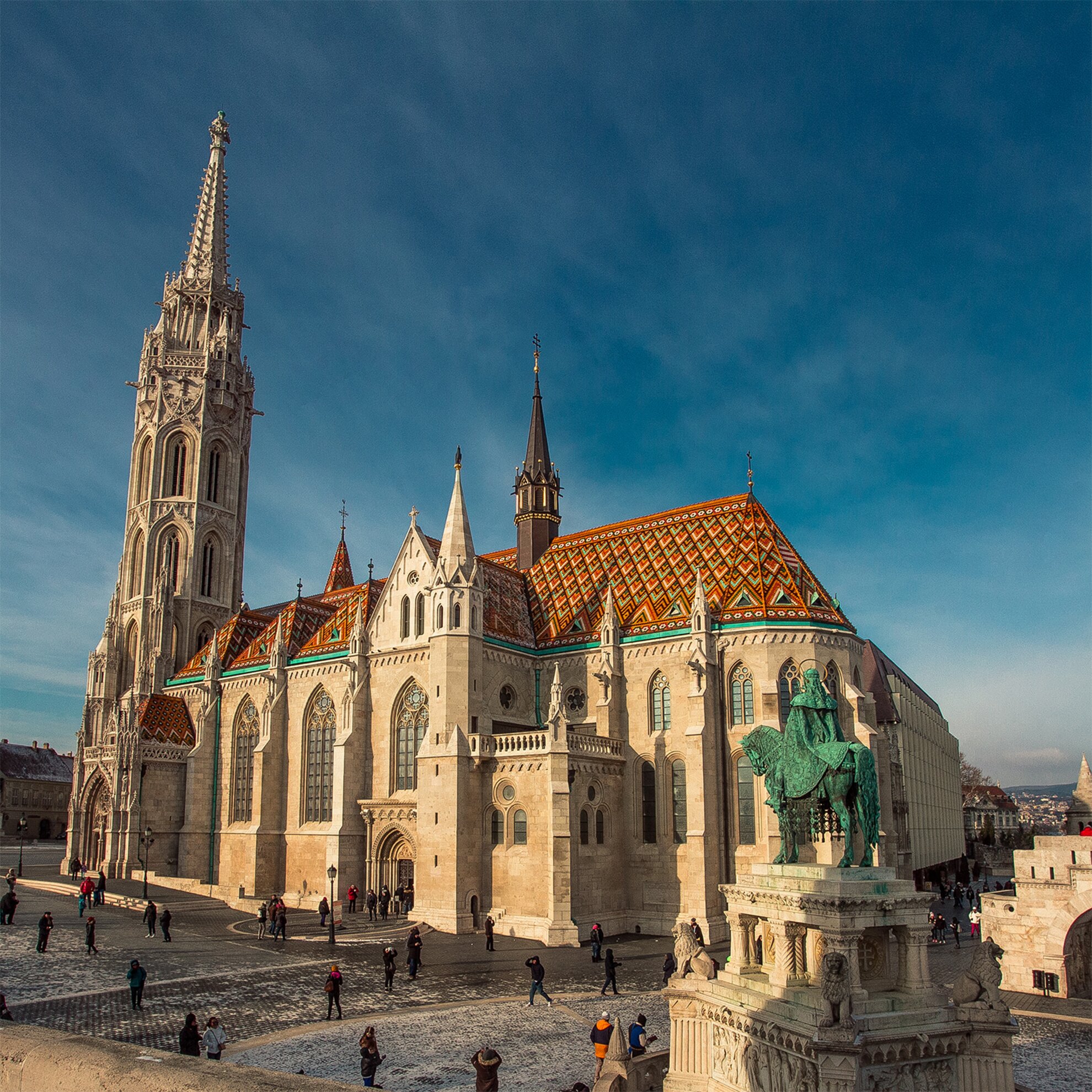
Buda Castle walking tour The city’s main historic quarter offering panoramic views. 27 August, 1 & 8 September
Welcome Botellón@Margaret Island & Afterparty Revel and relax by a musical fountain. 25 & 29 August, 5 September
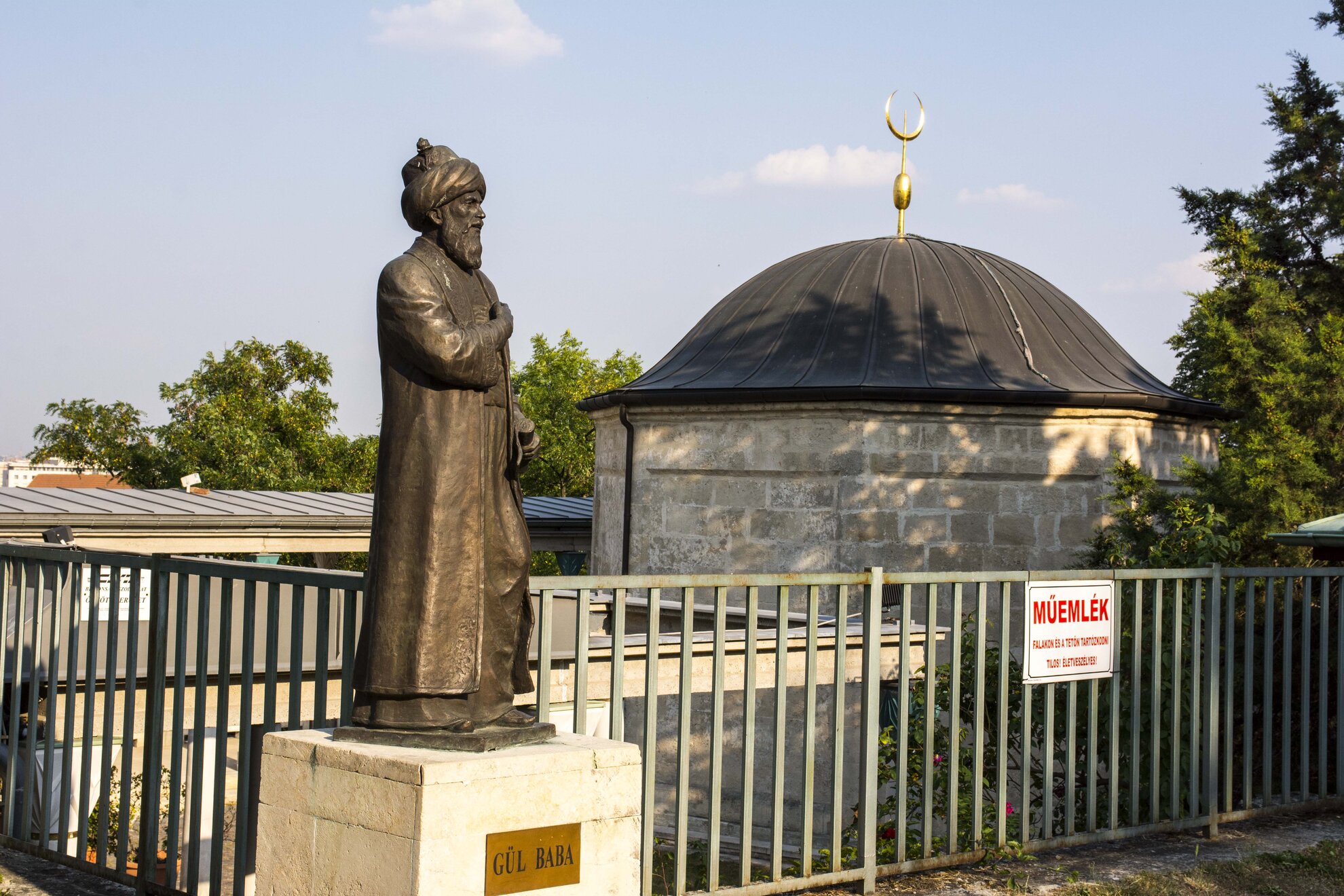
House of Terror Museum tour Learn about Budapest’s dark wartime and post-war history in the very building where grim deeds took place. Free but registration required. 4 September
Tomb of Gül Baba & rose garden tour Discover Ottoman Buda, with panoramic views thrown in. 10 September
